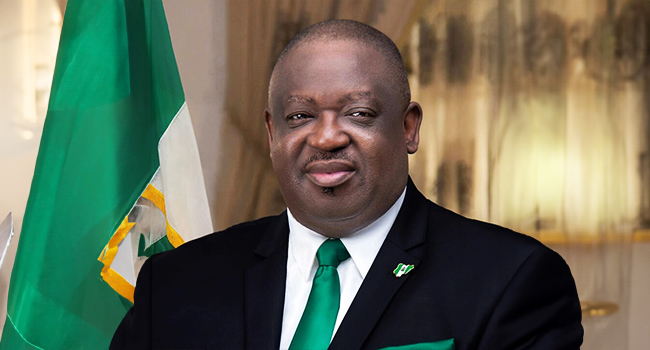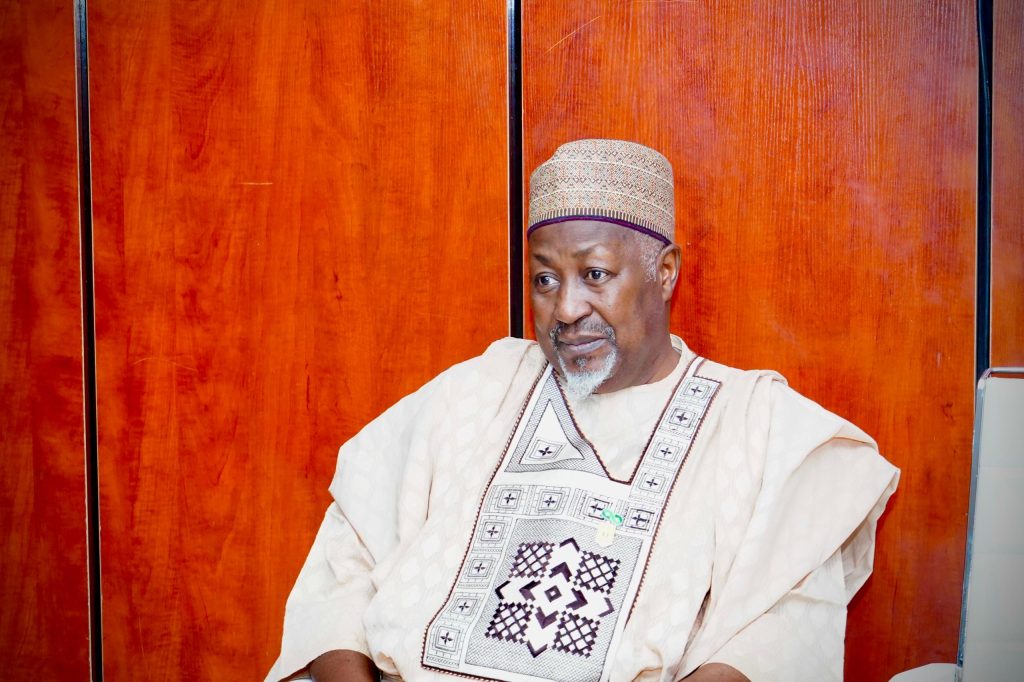The National Boundary Commission has announced its commitment to integrating research and technology, including drones, into boundary management.
The Director-General, Mr Adamu Adaji, disclosed this on Sunday in Abuja while evaluating the impact of President Bola Tinubu’s administration after two years in office.
Adaji told the News Agency of Nigeria that the commission has transitioned from analogue to digital and electronic systems in managing boundaries.
He said that, with President Tinubu’s support, the commission has made significant strides in addressing Nigeria’s boundary issues.
“For those of us in mapping and surveying, we have progressed from traditional analogue methods to electronic systems.
“Now, with satellite imaging, aerial mapping, and drones, we can assess areas that would have been difficult to access on foot.
“So, we are truly embracing technology,” he said.
He reiterated the commission’s dedication to leveraging available technology to obtain accurate, real-time data for efficient boundary definition.
The Director-General also noted that research plays a crucial role in data collection to support the delineation of internal, international, and maritime boundaries.
He added that the commission’s Research and Policy Analysis Department is well-equipped to provide relevant data for informed decision-making in effective boundary management.
“Going forward, we will capitalise on Tinubu’s ‘Renewed Hope Agenda’ to deepen the adoption of technology and research in defining and demarcating internal and international boundaries.
“This will ultimately deliver the dividends of democracy to the people, especially those residing in border communities.
“We will focus on the physical definition of boundaries, particularly in areas where disputes have been resolved.
“Thankfully, we have improved budgetary allocations that will enable us to intensify boundary demarcation efforts and organise workshops to raise awareness on boundary management,” he said.
Adaji acknowledged the challenges posed by difficult-to-access boundary locations but expressed confidence that modern technology would help overcome these obstacles.




